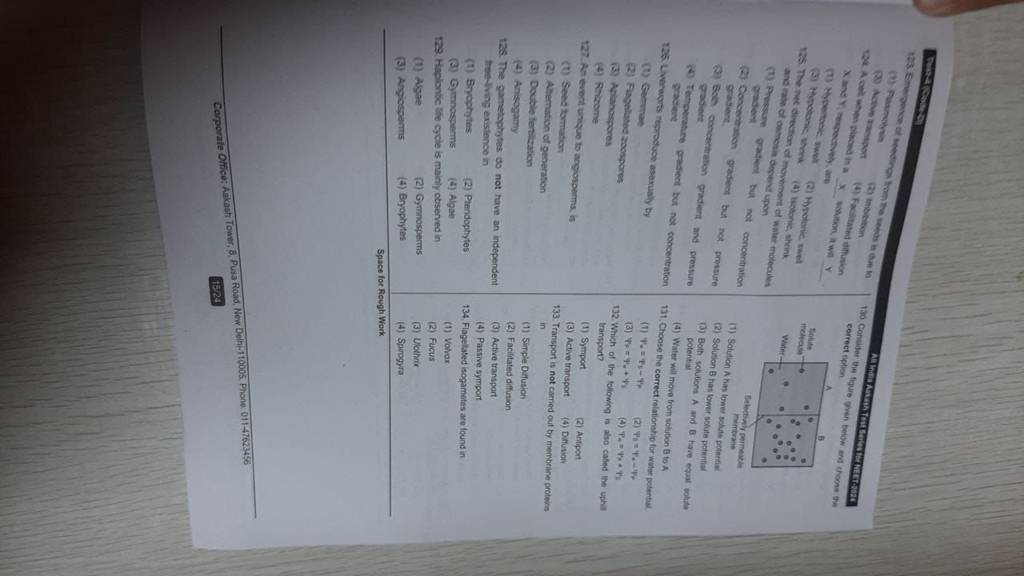Question
Question asked by Filo student

An evect unique to acgionperms, is. (t) Seed tomasion
- A Aemstion of generation
- Doctic lerileation
- Anisogamy
Found 6 tutors discussing this question
Discuss this question LIVE
10 mins ago
Filo tutor solution
Learn from their 1-to-1 discussion with Filo tutors.

Generate FREE solution for this question from our expert tutors in next 60 seconds
Don't let anything interrupt your homework or exam prep with world’s only instant-tutoring, available 24x7
Practice more questions on Plant Physiology
Question 3
Hard
Views: 5,695
Reason (R) Enzymes for glycolysis are found in cytoplasm. It is common in aerobic/anaerobic respiration.
Students who ask this question also asked
Question 1
Views: 5,433
Question 2
Views: 5,811
Question 3
Views: 5,161
Question 4
Views: 5,275
| Question Text | An evect unique to acgionperms, is. (t) Seed tomasion |
| Topic | Plant Physiology |
| Subject | Biology |
| Class | Class 11 |



